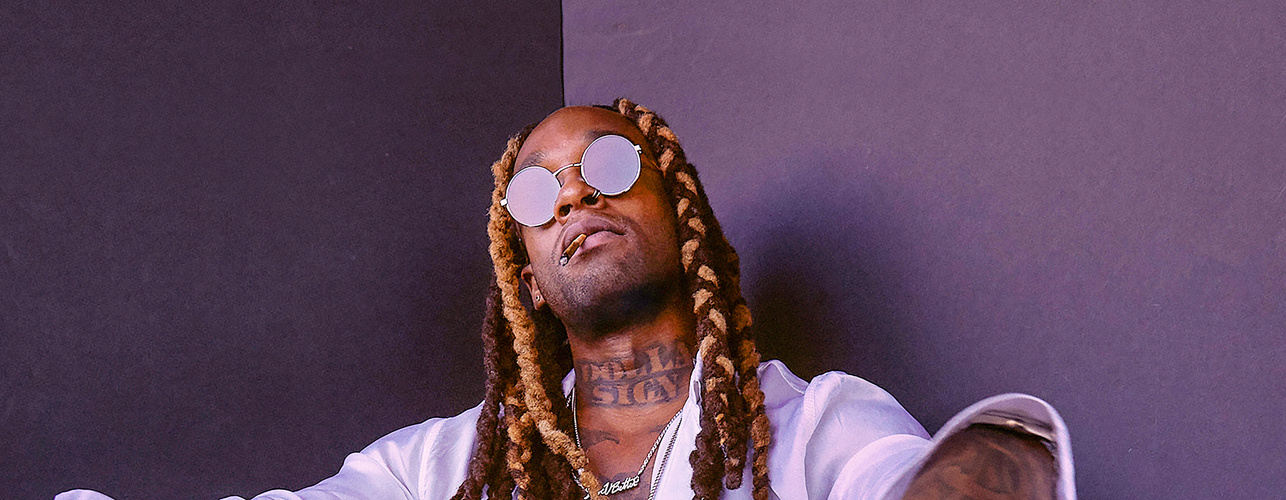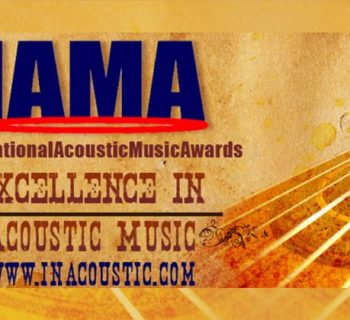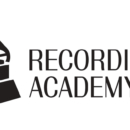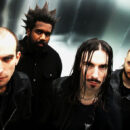I was recently commissioned by a friend to help him with his biography and it got me thinking that a good bio and promotional package/press kit is probably the most important tool in the shed for any performer or entertainer. If you want to book gigs, get reviews and editorials, if you’re looking for management, agents or A&R reps, then you will need a promotional package to sell your band and tell your story. Your promotional package is sometimes your first connection to club owners, booking agents, journalists, managers, publicist, lawyers and recording companies.
The purpose of a press kit is to tell a potential business partner or contact who you are. This is where copywriters get information to use as teasers to advertise your upcoming show. Your press kit will help a writer or journalist fill in the gaps for an editorial piece written about your band. Bloggers, Internet program managers, and potential television and radio PR agents will use this information to tell your story and pass it along to their audience.
1. Electronic Press Kit - EPK
Many bookers and journalists will want to take a look at your website or social network page for further info on the band. If you have videos posted on YouTube, you can do a lot of your promotion there. By creating a cool video with contact info built into the credits, you have the world at your fingertips. This is a great way to get noticed and make contacts, but at some point you will have to provide a press kit if you want to land gigs and get press coverage.
The electronic press kit is a digital version of your promotional package that can be sent by email or downloaded from your website. This version is probably the most popular way to reach people these days. Your promotional package, whether hard copy or digital, should contain as much of the following material as possible:
• Band photograph/poster/logo
• Your latest CD, demo or links to downloads
• Biography
• Latest band newsletter, gig flyer or tour schedule/itinerary
• Press clippings of reviews and editorials (link all press to your website)
• Performance video/DVD/links to YouTube postings
• Contact information (Include your social media accounts)
2. Less is Best
This collection of information should be a snapshot of your band, covering all the highlights of the group in a quick and easy read––so don’t over-do it with too much copy and text. The people who receive press kits are very busy people. They don’t have a lot of time to wallow through a stack of information. In fact, they may even pass on a package that’s filled with too much content. Don’t try to tell your life story here.
Feel free to use any quotes from previous articles written about you by the press. Just be sure to cite all publications with bylines. Never use quotes without a source reference. It looks more professional and it’s a courtesy to give credit to the publication and writer. If you have a letter of recognition or any statement made by someone of importance about your band, then this might be a good time to exploit this sort of document.
Whether you’re a solo artist or a full-fledged band, every entertainer should have a promotional package. Even if you consider yourself a sideman, you should have a version that promotes you as an individual player. It is essential that you put some time and imagination into a good looking package that will not only grab the attention of busy professionals, but will also sway them to give you a chance.
3. The Lone Wolf
As an individual player you should create a bio of yourself in the event you need to hand someone your story. If you are joining a band that is already doing big things, it will look good if you have a bio and press kit of your own. It’s possible that a magazine writer might want each individual band member’s story so he or she can write his or her own perspective of the group. A potential manager, publicist, agent or record company will want your bio anyhow so why not have it ready?
As a session man or hired gun you should have your own promotional package with names of bands, songwriters, and producers you’ve worked with, as well as the studios you’ve recorded at. Maybe you’ve backed up some big names along the way––list them also. Don’t forget to mention any special awards, scholarships or grants you may have received. If you studied under someone of notoriety, then by all means put it out there. Be sure to include a photograph of you and try not to use an old band photo where you have to say, “second from the left.” Shoot a nice portrait of yourself with your instrument to show your personal influence and style.
Never underestimate the power of a simple bio and promotional package that will help you move your musical career forward.
4. Always Keep It Fresh!
Keep your package up-to-date and fresh with a new photo now and then. Whenever you have any highlights to add to your package then do it. It looks good if you have articles and reviews written in the last six months to a year at most. There needs to be a constant evolution of your press kit.
Above all: keep it all tight and simple and you’ll be okay.
 DALE PETERSON is the author of the book, Why in the World Would You Want to Start a Band? ©2017. As a guitarist, singer and songwriter, he has recorded nine releases with the bands Rhythm Lords® and Trouble No More as well as several solo projects with his songs placed in major motion pictures and television programs. Peterson has over 45 years of recording and touring experience. Reach him at dale@root66recordingco.com.
DALE PETERSON is the author of the book, Why in the World Would You Want to Start a Band? ©2017. As a guitarist, singer and songwriter, he has recorded nine releases with the bands Rhythm Lords® and Trouble No More as well as several solo projects with his songs placed in major motion pictures and television programs. Peterson has over 45 years of recording and touring experience. Reach him at dale@root66recordingco.com.














